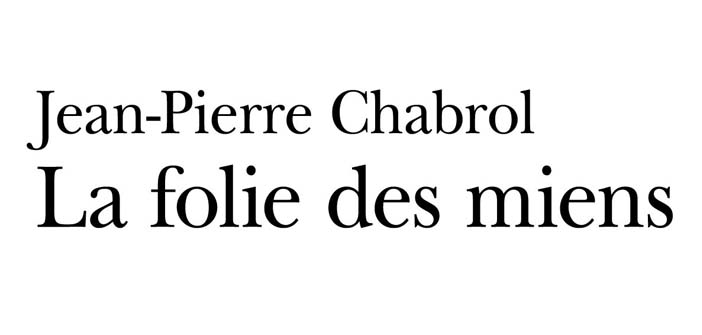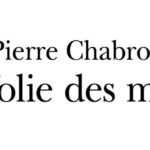We are in the 1950s, and the Communist Party is all-powerful in France. Two young communists, an artist named Hanjure and an activist from Dunkirk, became acquainted during the war and the resistance. The two men are more than comrades; they are friends.
Jean Pierre Chabrol describes the Communist Party with the adoration of the holy icon Stalin. He is the model to follow. The party is right; it’s democratic centralism. Being in the party is like being in a church. One must obey directives, otherwise one is excluded, and exclusion is akin to excommunication. You find yourself outside the party, which means lost in the crowd. Communists have a reason to speak of comrades and not friends.
The bonds of friendship unravel in the face of decisions by the central committee or the political bureau. Stalin is the example to follow; he can only be right. “La folie des miens” plunges us into the lives of communist activists. One cannot discuss or question party orders without being labeled a reactionary bourgeois. One lives for the party, everything for the party. The cell is the base. Stalin and Thorez are the two gods of the proletariat.
This resembles a sect where a man is no longer an individual, but an element of the party. This conception of society idealized by the party leaders is perfectly described.
Jean Pierre Chabrol, with these two heroes, brings us back to the period of the ’50s-’60s when the USSR was the paradise of the working classes. Indoctrination was so deep that many refused to believe in Stalin’s crimes. The little father of the peoples couldn’t have done that and, in any case, could not be wrong.
Between the two friends, the party’s choice is painful when both are shaped by a dialectical mindset where one cannot contradict the party without committing heresy.
This work is a precious document on the reality of the Communist Party and its democratic centralism. The word democracy here is rather misleading and contradictory to the centralism of decisions.
Thierry Jan



